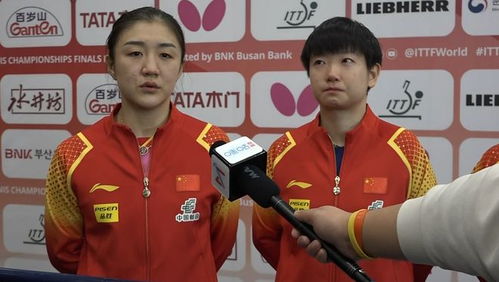In the realm of sports design, courses are pivotal in shaping creative minds adept at blending aesthetics with functionality. Let's delve into the intricacies of a comprehensive sports design curriculum.
Understanding the essence of sports design: amalgamating passion for sports with design principles.
Exploring the historical evolution of sports aesthetics and their impact on contemporary design.
Delving into fundamental design principles such as balance, proportion, contrast, and harmony.
Applying these principles to sportsrelated contexts, including uniforms, equipment, and stadium architecture.
Harnessing graphic design tools to create compelling logos, branding, and promotional materials for sports teams and events.
Emphasizing the significance of typography, color theory, and visual hierarchy in conveying team identity and spirit.
Studying the anatomy of sports apparel and equipment, focusing on performance, durability, and safety.
Integrating technological advancements and innovative materials into the design process to enhance athletes' experiences and optimize performance.
Analyzing the spatial dynamics of stadiums and venues to maximize spectator experience and optimize player performance.
Incorporating principles of ergonomics, crowd management, and sustainability into architectural designs for sports facilities.
Harnessing computeraided design (CAD) software and simulation tools to visualize and prototype sportsrelated products and environments.
Exploring virtual reality (VR) and augmented reality (AR) applications in sports design for immersive fan experiences and training simulations.
Prioritizing usercentric design principles to enhance the interaction between athletes, fans, and sports technology.
Conducting usability testing and feedback analysis to refine sports products and services for optimal user engagement and satisfaction.
Examining the ethical implications of sports design, including issues of cultural appropriation, sustainability, and inclusivity.
Advocating for diversity and representation in sports design to celebrate the richness of global sports culture and foster social cohesion.

Facilitating opportunities for students to collaborate with industry professionals through internships, workshops, and design competitions.
Nurturing entrepreneurial skills and industry networking to empower students to navigate the competitive landscape of sports design.
In conclusion, sports design courses offer a dynamic blend of artistic creativity, technical proficiency, and strategic innovation. By immersing students in a multidisciplinary curriculum encompassing graphic design, apparel engineering, architectural principles, and digital technologies, these courses empower aspiring designers to make a meaningful impact in the world of sports. Embracing a holistic approach that prioritizes user experience, cultural sensitivity, and ethical responsibility, sports design education cultivates versatile professionals equipped to shape the future of sports aesthetics and innovation.

在足球的世界里,球星们不仅是场上的英雄,也是公众人物,他们的行为举止...

直播吧9月12日讯拉齐奥主帅巴罗尼接受了媒体的采访,对球队新援、阿森...

直播吧9月20日讯本轮中超北京国安客场3-1战胜梅州客家。第88分钟...

都说穷则思变,早就烂到根上的中国男足在世预赛遭遇耻辱性连败之后,对人...

北京时间9月23号,陈梦解锁“校长”身份,孙颖莎王楚钦也有新身份,马...